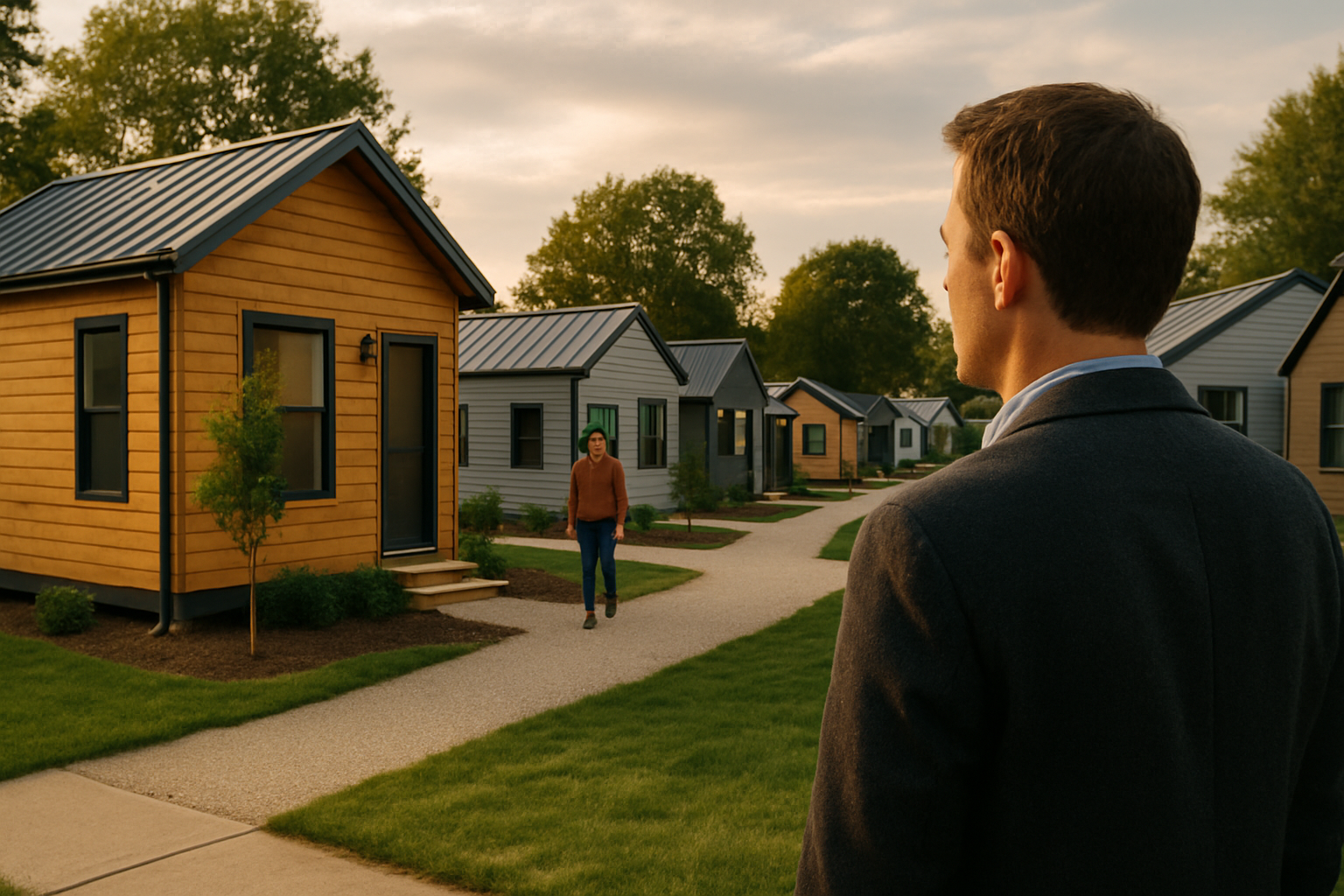Health-access gaps across urban and rural settings
Health access differs markedly between urban and rural areas worldwide, shaped by migration, demographic shifts, informal economies, and social policy. This overview examines how factors such as housing, mental health, inclusion, and civic engagement affect service availability and outcomes across settings, highlighting structural drivers of inequality and avenues for resilience.

Urban and rural health-access gaps reflect complex interactions among population movement, service provision, and social determinants. Urbanization concentrates services but also creates barriers for migrants and low-income residents who face overcrowded housing, informal work, and social exclusion. Rural areas often have fewer facilities, longer travel distances, and workforce shortages that disproportionately affect aging populations and displaced people. Addressing these gaps requires coordinated social policy, local development, and attention to civic engagement and multiculturalism to build inclusive, resilient systems.
How does migration and displacement affect access in cities and countryside?
Migration and displacement reshape demand for health services in both settings. In many urban centers, new arrivals increase pressure on primary and emergency care and may work in informal sectors that limit entitlements to care. In rural areas, out-migration of younger adults can reduce demand but leave behind older residents with limited mobility and higher chronic care needs. Displacement after disasters or conflict may produce temporary overcrowding of services or long-term shifts in where services are needed. Planning must account for population flows and ensure registration, language access, and culturally appropriate outreach.
How do demographics, aging, and urbanization change service needs?
Demographic trends—aging populations, declining fertility in some regions, and rapid urbanization in others—alter the profile of health needs. Urbanization may concentrate specialized care but also accelerate lifestyle-related conditions. Rural settings often face higher prevalence of untreated chronic conditions among older adults due to provider shortages and transportation barriers. Demographic data should inform resource allocation, mobile and community-based services, and training for rural health workers to manage multimorbidity in dispersed populations.
What role do informal work and remittances play in health access?
Informal work shapes both exposures and access: informal workers often lack social protection, employer-based health insurance, and predictable incomes, increasing financial barriers to care. Remittances from migrants can improve household ability to pay for services in sending areas, but they may also create uneven dependencies and unequal access within communities. Strengthening social safety nets, extending basic coverage to informal workers, and recognizing remittance flows in local planning can mitigate gaps and support continuity of care.
How do housing, inclusion, and social cohesion influence service uptake?
Housing quality and stability are central determinants of health access. Overcrowded or informal housing in urban neighborhoods can hinder infection control and complicate outreach, while isolated rural housing increases travel burdens. Inclusion and social cohesion influence whether marginalized groups seek care; lack of trust, discrimination, or language barriers reduce utilization. Policies that integrate multiculturalism, community health workers, and local civic engagement can strengthen trust, improve follow-up, and support preventative services where people live and work.
How are mental health and civic engagement connected to access and resilience?
Mental health needs are often underdiagnosed across settings but may be especially neglected where services are scarce or stigmatized. Migration stress, displacement-related trauma, and economic insecurity contribute to higher burdens. Civic engagement and community networks can provide informal psychosocial support and help connect individuals to formal services. Investments in community-based mental health, training non-specialist providers, and promoting inclusive civic participation enhance resilience and reduce barriers to seeking care.
What social policy and rural development approaches support equity?
Social policy that addresses inequality in financing, workforce distribution, and infrastructure is essential. Rural development measures—telehealth, incentives for rural practice, mobile clinics, and integrated primary care—can reduce geographic disparities. Policies must balance urban investments with targeted rural support and include measures for housing, transportation, and social protection to reach informal workers and displaced populations. Attention to multiculturalism and cohesion ensures that programs respond to diverse community needs while reducing systemic inequities.
Conclusion Closing health-access gaps across urban and rural settings depends on integrated strategies that consider migration, demographics, work patterns, housing, and social inclusion. Strengthening primary care, expanding culturally competent outreach, supporting informal workers, and investing in rural development and civic engagement are mutually reinforcing steps. Sustainable improvements require policy coherence across health, housing, labor, and development sectors to create equitable, resilient systems that serve diverse populations worldwide.





